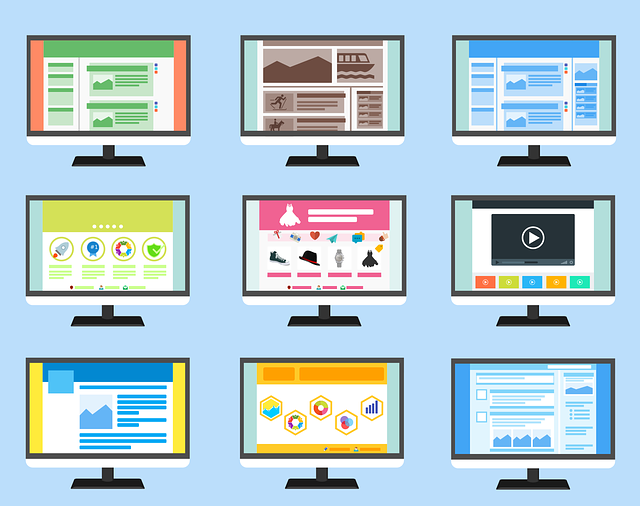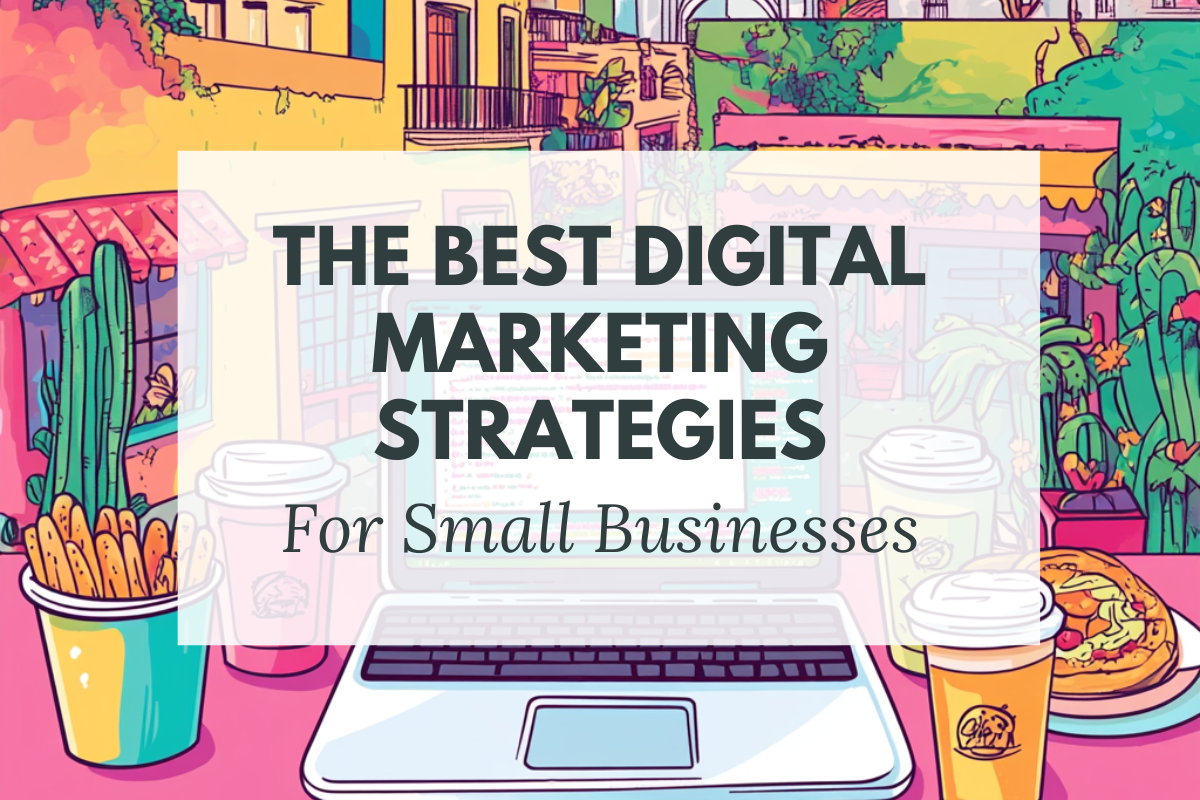With the pandemic lockdown expected to continue well into next year, the digital bounce is expected to continue. In 2020 there was a significant increase in users engaging with brands online, and the digital trends that might have taken a few years to unfold have compressed and accelerated. Trends such as video marketing, interactive content, and audience segmentation.
This is a contributed post. Please refer to my disclosure for more information.
In this article, we take a look at some of the digital marketing strategies at the forefront of this unfolding and consider their influence on the year ahead. With more people than ever before engaging with online content, it makes sense to review your online strategy and Update it where necessary. Read below about the digital trends that will be influential this year.

Marketing Automation
Marketing automation refers to the process of using software to control repetitive tasks such as email marketing, social media posting, and advertising campaigns. It uses analytics and AI technology to learn about consumer behaviour and to create campaigns that are dedicated to generating leads and customer retention. They also increase productivity and reduce overheads.
Efficiency, however, is not the only benefit of marketing automation software. It also provides a more personalised service to new and existing customers and helps to grow a strong bond between your customer and brand. Your marketing automation software will know your customers birthdays, for instance, and their anniversary with your brand. These will be automatically celebrated, keeping your customers in touch and your brand relevant to their lives.
Video Marketing
In 2020 there was a significant rise in the popularity of video marketing as a successful content strategy. Its benefits are clear to see and include, immediacy, audience engagement, sharability, and content segmentation – this means breaking down the video footage into a variety of other useful content such as blog posts and social media ads.
This trend will continue in 2021 and become more efficient and sophisticated. The medium of video is taking over the Internet in the same way radio took over from television, meaning that brands should get on board with the latest technology to stay relevant and make an impact on consumers. The marketing content you produce should be relevant to your product like the ones for ground penetrating radar surveys.
Interactive Content
In the same way that video is repurposing an older medium for a new online audience, traditional content is also changing. Graphics, animation, and more audience engagement are being blended with blog articles and infographics to make them more unique and interesting. This allows older content to be recycled and provides a budget-friendly way of engaging audiences.
Examples of interactive content include Interactive infographics that often use animation to take users on a story-journey and blog posts that include quizzes and surveys. This all increases the time users spend on a website and helps them engage more with the content and brand. Interactive content is cheap to produce and makes the most of available technology.
AR/VR
Augmented Reality and Virtual Reality are two forms of digital technology that are finally starting to gain a foothold. For years, these mediums were lost in the digital wilderness, full of potential but lacking usability and popularity with audiences. But now the cumbersome masks of the past have been replaced with slim glasses or smartphone technology making it more viable.
Virtual reality for marketing can be used in the form of video games that have a brand theme. This theme does not detract much from the gaming experience but is always present, allowing for a non-intrusive advertising experience. Augmented reality is used in a similar way, to tell interactive stories with live settings.
Chatbots & AI
Chatbots are small customer service windows that pop up automatically on business websites to offer helpful advice. They are non-intrusive and hold a wealth of data that can be easily accessed by customers, including website navigation information and common FAQs. They are loved by companies and customers alike.
Companies love chatbots because they reduce the need for expensive personnel but still provide a high-quality customer experience. For customers, chatbots are non-intrusive and helpful; they also offer immediate help and advice without waiting on a phone call. Chatbot and AI technology has improved significantly in recent years and will become more standard in 2021.
SEO
Data from 2020 shows that the pandemic has had a dramatic effect of the way consumers buy products and interact with brands. There has been a significant upsurge in online purchases, much more than predicted for the year. Nobody expects this trend to change in 2021, making SEO strategies more significant than ever before.
SEO is all about capturing the attention of the right audience and delivering the most relevant products and services directly into their hands. If you don’t have an updated SEO strategy going into next year, it may be time for a tune-up. This is one digital strategy you won’t want to ignore
Livestream Content
Traditional content, such as blogs and emails are still very relevant and useful content strategies, but more avenues are also emerging. In 2020 more consumers than ever were using live stream formats such as Facebook Live and Instagram live streams. The visual-forward content will continue to grow in popularity into next year.
Brand live streaming is excellent for interacting with customers and offering high-quality content to engage audiences and create leads. Companies can broadcast tutorials, introduce new products, and offer assistance in the form of webinars. This free engagement is proving extremely valuable in growing brand awareness and building loyalty.
Audience Segmentation
Even though customers are confined to their homes throughout the pandemic, they are still engaged in a range of activities that can help brands to understand them better and personalise their experience. This is what the audience segmentation does. It is the process of grouping customers into categories based on usage and customer type.
These categories commonly include demographic, behavioural, psychological, and geographical. Each category contains important user data that works to build up a virtual picture of your customer. This information is then used to personalise ads and products and communicate with them better over email and social channels.
What To Read Next
Black Hat SEO Techniques That Will Destroy Your Ranking
Eight Steps To Managing Startup Finances In Uncertain Times



